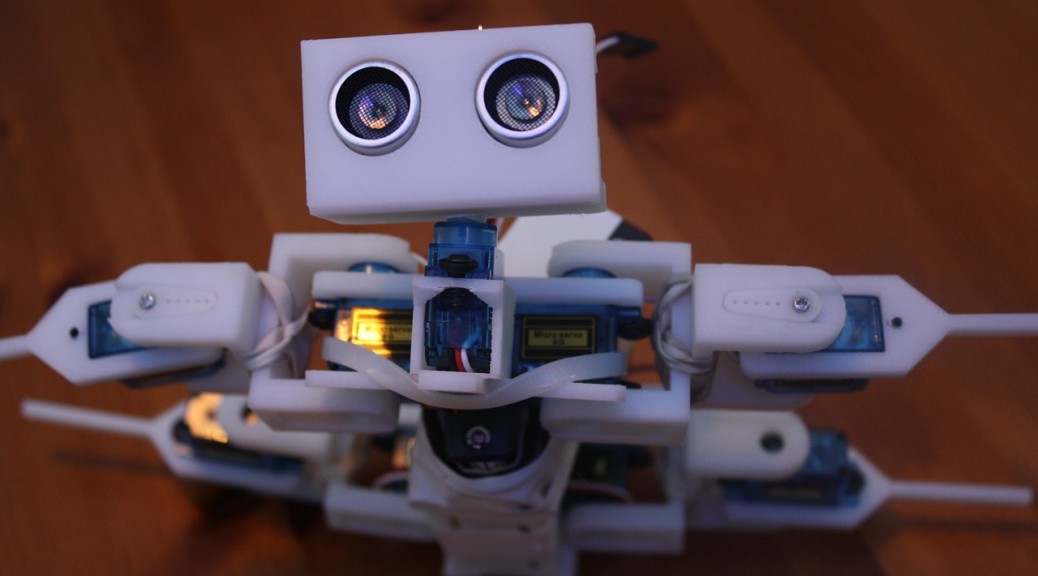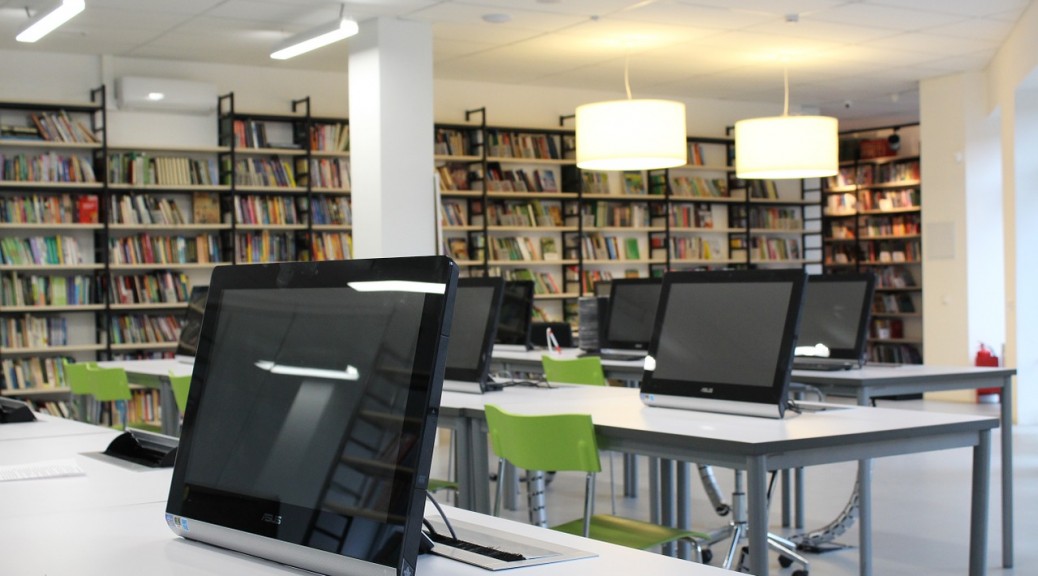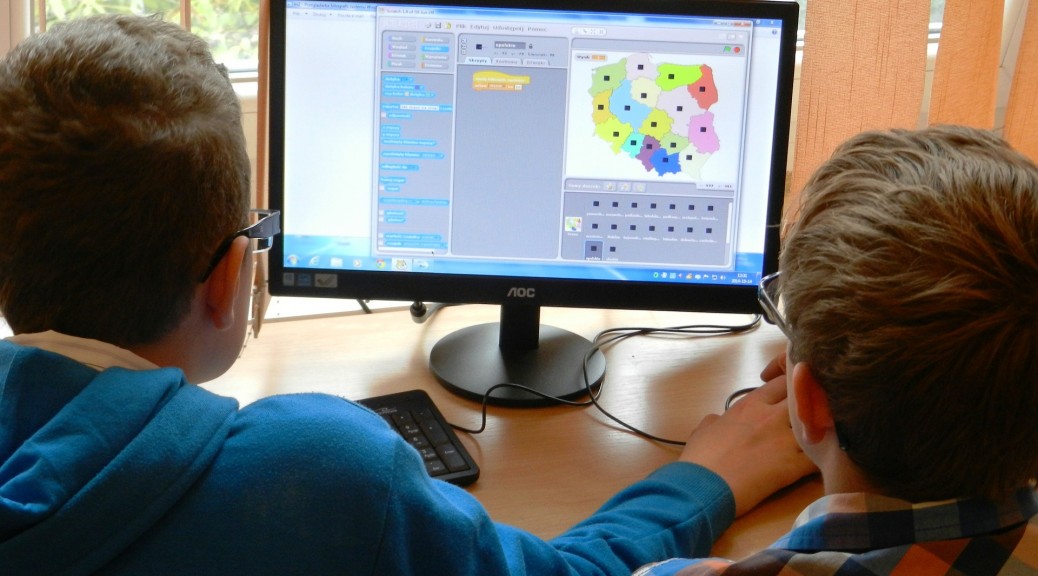More and more kids are getting interesting in coding and that interest is spilling out in other areas of their lives. One of the things we get so excited about at CodeREV Kids is that kids don’t just learn to code but they learn to think critically, solve problems, and work independently within a team. We’re excited to see how many books are being released that deal with kid coders. Here are a few that have come across our radar recently.
Ruby Wizardry: An Introduction to Programming for Kids by Erin Weinstein
In this lovely book, the author includes lesson on programming as well as an introduction to it by introducing Ruby, a free, open-source platform. Initially the lessons are pretty basic but they get more challenging as the book continues. As a result, it’s a good choice for both beginning and advanced coders.
So, You Want to Be a Coder? by Jane (J.M.) Bedell
Do you have a kid who’s interested in coding but has a lot of questions about what a job in the industry would really look like? Then this is a great choice for them. It includes short interviews with people currently working in the industry – including a few teenagers who have started businesses of their own. There are also quizzes to help kids decide if coding is a good choice for them, along with ideas for future education and coding camps to increase experience.
Hello Ruby: Adventures in Coding by Linda Liukas
Part picture book and part activity book, this work follows Ruby as she goes through her world and solves problems she encounters. The story itself doesn’t actually teach coding – it reinforces the skills and ideas that are so important in the coding world. For example, Ruby looks for patterns, breaks large problems into smaller, solvable ones, makes plans, and adapts when plans don’t come together as expected. In the second half, there are activities that kids can use to practice the skills Ruby showed in the story. These are thinking, problem-solving activities that don’t require a computer.
Books are great but there’s no substitute for hands-on experience
At CodeREV Kids, we love the idea that books can spark an interest but we believe there’s no substitute for real, hands-on experience. That’s why we offer a number of online classes for kids to code. Contact us to get more information about your options.









